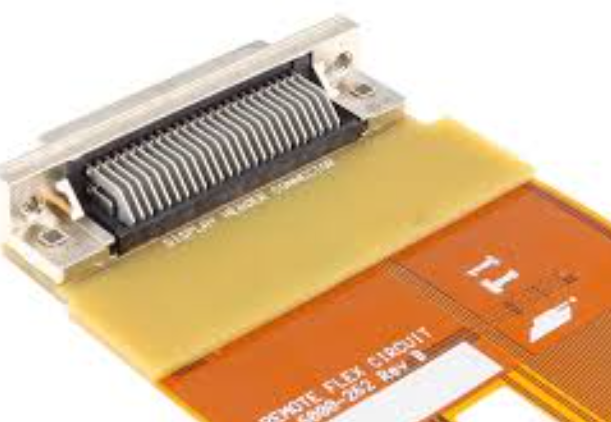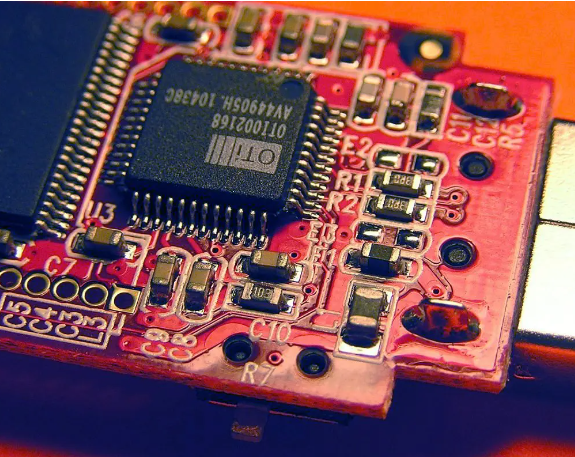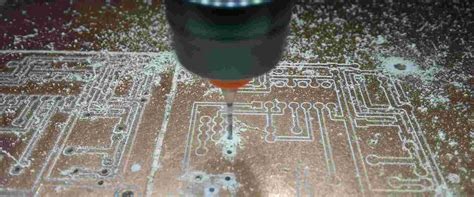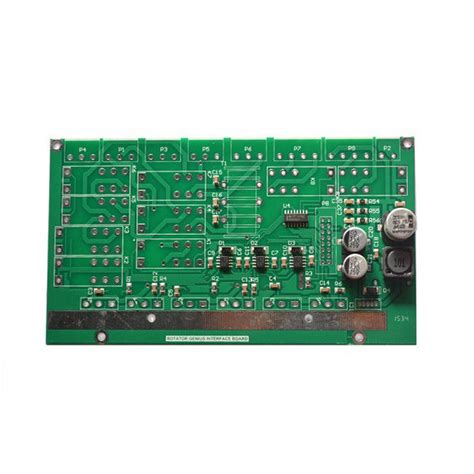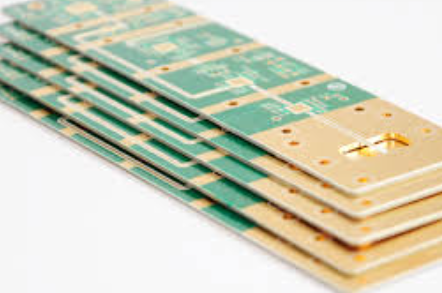PCB LAYOUT (1): Component Layout and Soldering Process
When designing a circuit, you usually need to lay out the board yourself. Many professional books have detailed introductions on how to use PCB design software, component packaging, distance and other parameters. Here I will summarize my personal experience. Some parts may be incorrect. Friends who know can give me some advice and learn together.
The PCB drawing software I use is ALTIUM, which has the most tutorials. I will not talk about the operation of the software for now. I will summarize some useful knowledge before LAYOUT–PCBA welding process
By distinguishing by welding, there are reflow soldering and wave soldering (as shown below). The simple difference between the two:
1. Reflow soldering can only solder SMD components. Use solder paste to brush on the pad through the steel mesh, then stick the components to the pad, and then pass through the reflow soldering furnace (this furnace mainly has several temperature control zones, no need to provide rosin and tin water); wave soldering can solder both plug-ins and SMDs.
Generally, the SMD is fixed at the bottom with red glue, and the plug-in is inserted at the top, and then passed through the wave soldering furnace (the tin water in the wave soldering furnace will emit a lot of tin peaks upwards, so it is called wave soldering!)
2. Reflow soldering has high precision, and the pads can be arranged more densely; wave soldering has low precision, and the pins of components are prone to short circuit or cold soldering, so the pad density should be lower.
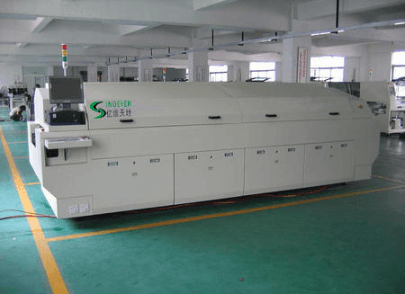
Reflow oven (provides four zones with different temperatures)

Reflow temperature curve
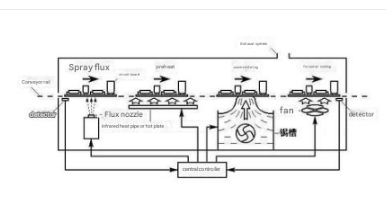
Wave soldering machine
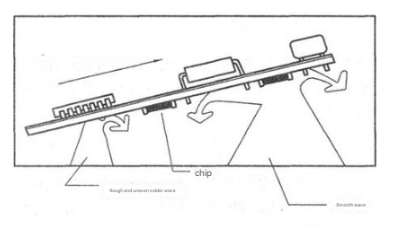
Wave soldering machine welding diagram
- Knowing the difference between the two types of welding, you should consider which process your board will go through in the future when laying out the PCB.
If there are only SMD components, then use reflow soldering, and it is best that all components are on the same side, so that one reflow soldering can be done. If there are both SMD and plug-in components, and the pad density is not high, then use wave soldering.
Take the general home appliance PCBA as an example, it is usually a single-sided board.
In the past, it was all direct-inserted components, and then wave soldered. Now it is more common to have SMD components on the bottom and plug-in components on the front, and then wave soldered. This can reduce the area of the entire PCB, and can reduce the cost of BOM (SMD resistors of the same specification are cheaper than plug-in resistors), and usually improve performance
. So I suggest that you use SMD components as much as possible. If there is no plug-in, use reflow soldering and put the components on the same side as much as possible. Otherwise, use wave soldering, place the SMD on the bottom and the plug-in on the top.
If the PCB can be designed on one side, use one side. The price of a single-sided board is about half of that of a double-sided board.
So the PCBs in the home appliances you disassemble are basically single-sided boards with plug-ins on the front and SMDs on the back.
The above summarizes the relationship between component layout selection and PCBA welding. The following will continue to summarize related knowledge, such as plug-in selection, PCB pin length, PCBA component direction, etc.~


